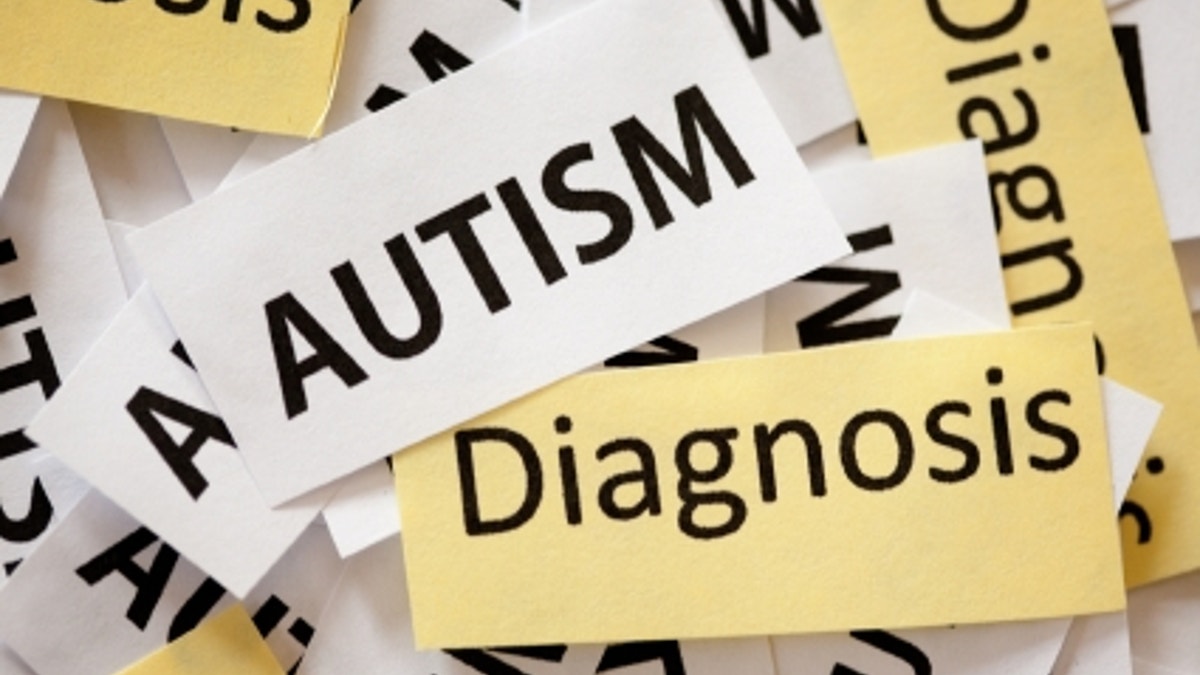
Snippets of paper reading "Autism Diagnosis" on them.
Many families that have children with an autism spectrum disorder or other developmental disability use complementary and alternative treatments, according to a new study.
Researchers who surveyed Californian families with children with an autism spectrum disorder (ASD) or other developmental disability (DD) found that about a third reported using complementary or alternative treatments. Those therapies ranged from dietary supplements to invasive and unsafe procedures.
"Complementary and alternative treatments are quite widespread among all populations, but are especially popular among families with children with autism spectrum disorders," Dr. Kathleen Angkustsiri said.
She is a developmental-behavioral pediatrician at the University of California, Davis Medical Center M.I.N.D. Institute and one of the study's authors.
ASDs are a group of developmental disabilities that create varying levels of social, communication and behavioral challenges, according to the U.S. Centers for Disease Control and Prevention. It estimates that one in 88 children has an ASD.
Some of those symptoms are treated with medications and therapy, but there is no known cure for autism. And not all children show dramatic improvement on traditional therapies, Angkustsiri and her fellow researchers write in the Journal of Behavioral and Developmental Pediatrics.
ASD treatments also require ongoing management and don't necessarily address other corresponding conditions, such as anxiety, insomnia and stomach problems.
Because of that, families that have children with ASDs or other DDs may turn to complementary and alternative medicine.
"We'd like to encourage more conversation between the family and the doctors," Angkustsiri told Reuters Health.
Data for her team's study came from an existing trial that included 578 children with a confirmed ASD diagnosis and 125 with a confirmed DD diagnosis. All of the kids were between the ages of two and five years old and born in California.
The researchers found that children with ASDs were more likely to receive traditional treatments than children with DDs. That may be because there are few set standards for caring for children with DDs, but standards for ASD care include intensive therapy, the researchers write.
They also found that about 39 percent of kids with ASDs and about 30 percent of kids with DDs were receiving some sort of complementary and alternative treatments. The most common of those was dietary supplements, followed by special diets, such as gluten-free.
About nine percent of children with ASDs were using some sort of invasive, disproven or potentially unsafe version of complementary and alternative medicine, the researchers found. Those include antifungal medication, vitamin injections and chelation therapy.
Chelation is a method to remove metals from the body after mercury or lead poisoning. It hasn't been shown to help kids with ASDs and carries some safety concerns over kidney damage and stomach problems (see Reuters Health story of December 21, 2012 here: reut.rs/1fyqByP.
None of the children with other types of DDs were receiving treatments that the researchers considered invasive, disproven or potentially unsafe.
"That was one of the nice things about our study," Angkustsiri said. "When most people think about (complementary and alternative medicine) the automatic knee-jerk response is that this is a really dangerous type of treatment, but very few people were using those invasive treatments."
Children who received more conventional treatments were more likely to receive complementary or alternative treatments as well. That, according to Angkustsiri, suggests the additional treatments were complementing more traditional methods - not being used as a replacement or alternative.
The researchers found that children whose parents went to college were more likely to receive complementary and alternative treatments, compared to those whose parents didn't go to college.
"They may have more resources, more time, more availability to go on the Internet and spend the resources to do more," Angkustsiri said.
She added that the study can't explain why parents chose specific treatments. Also, the survey is based on preschool-aged children, which means rates may be different among older kids with ASDs or DDs.
"I think it would be really great to have more detail and survey the parents on their belief and what drives them to choose different types of treatments," Angkustsiri said.
